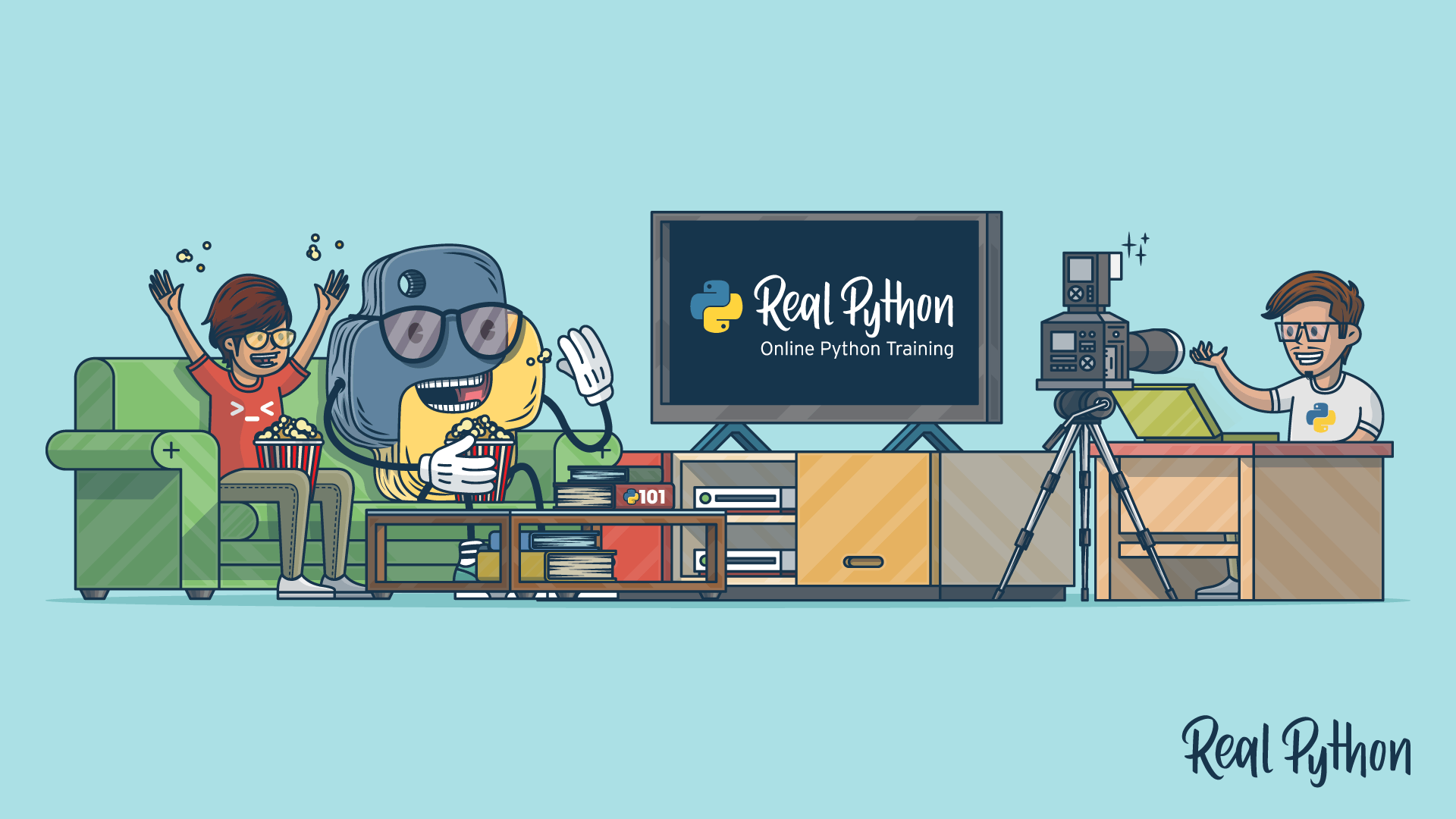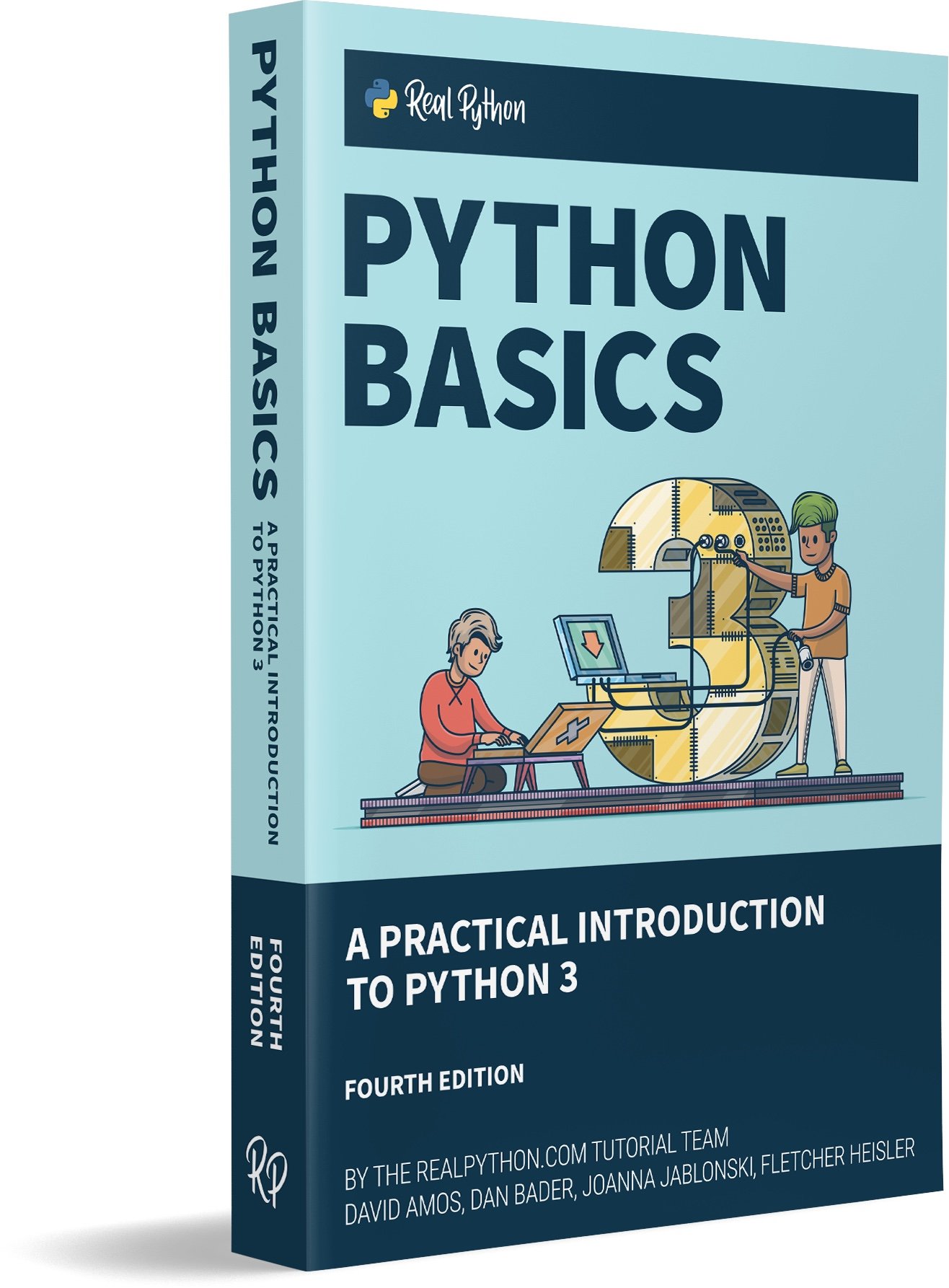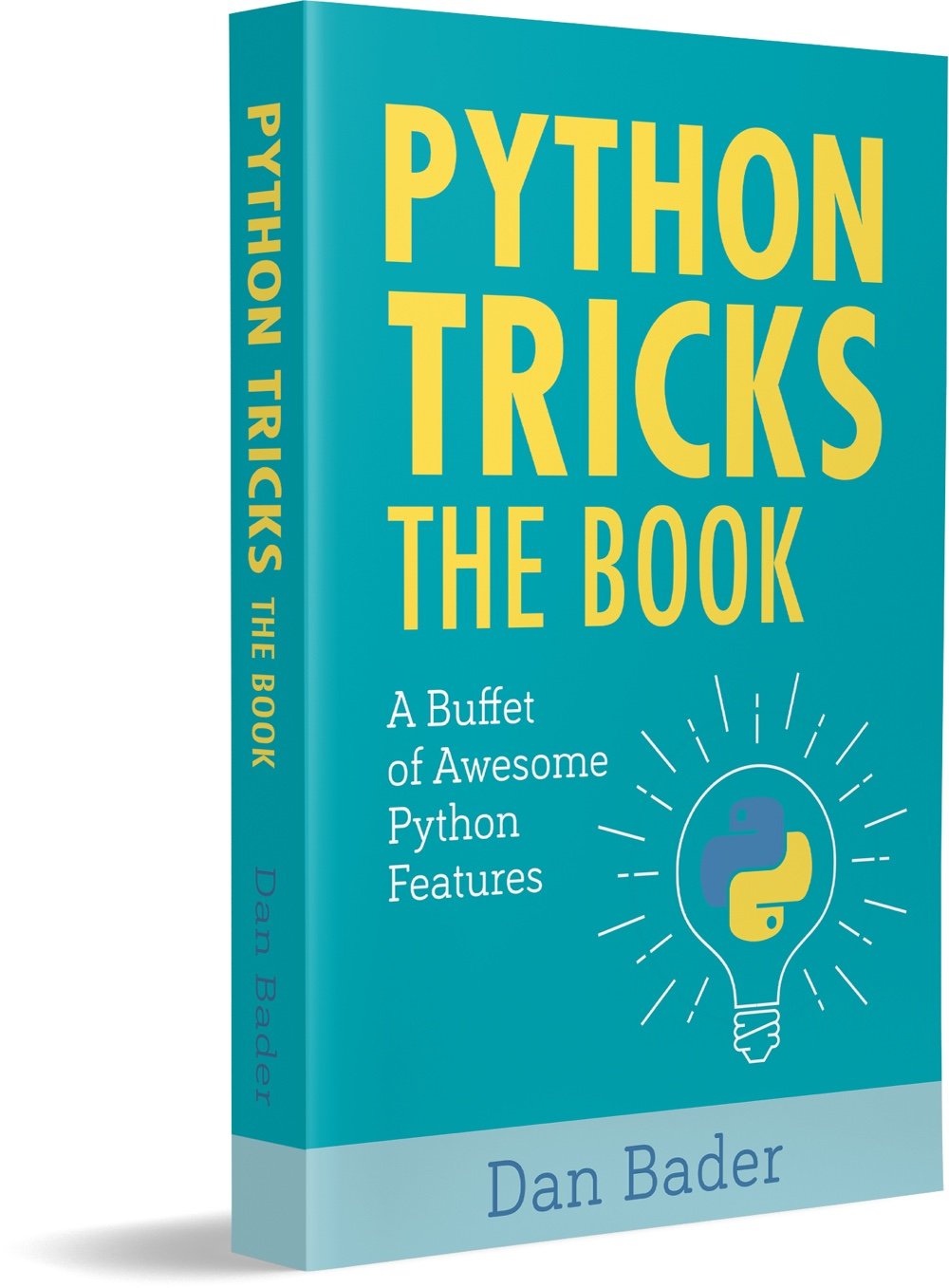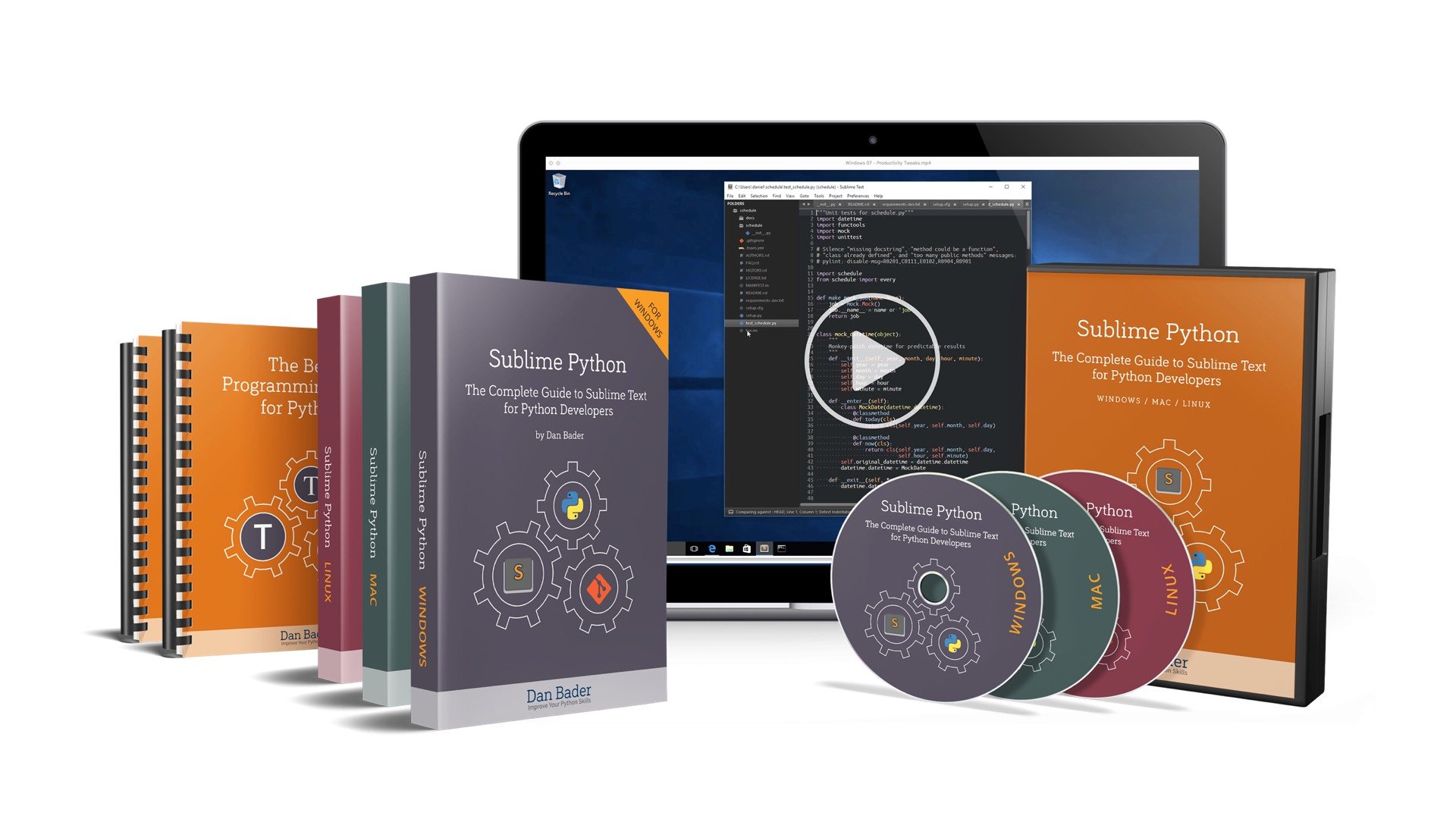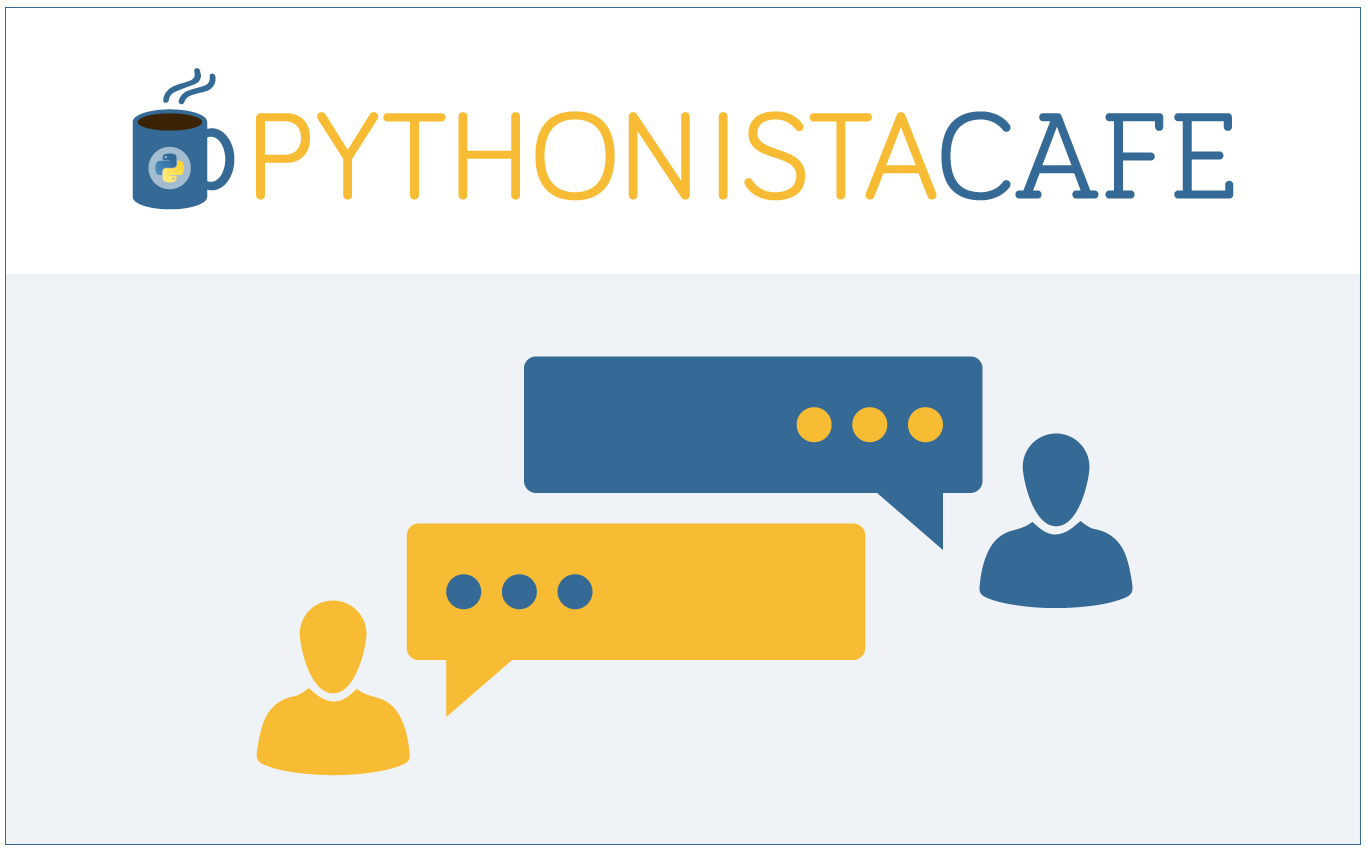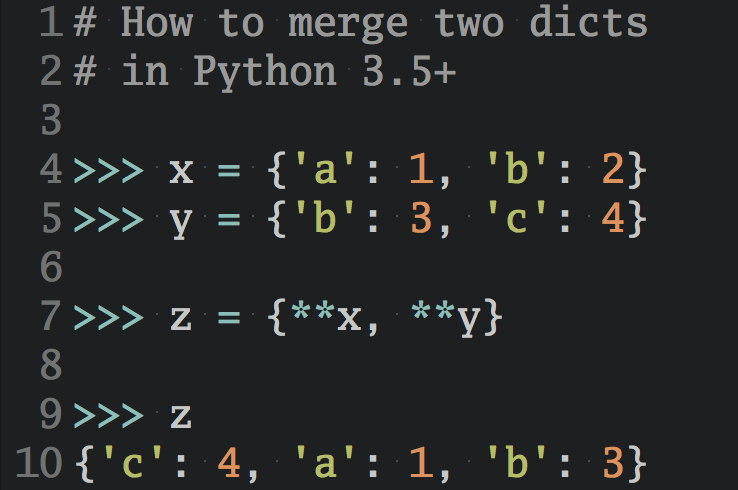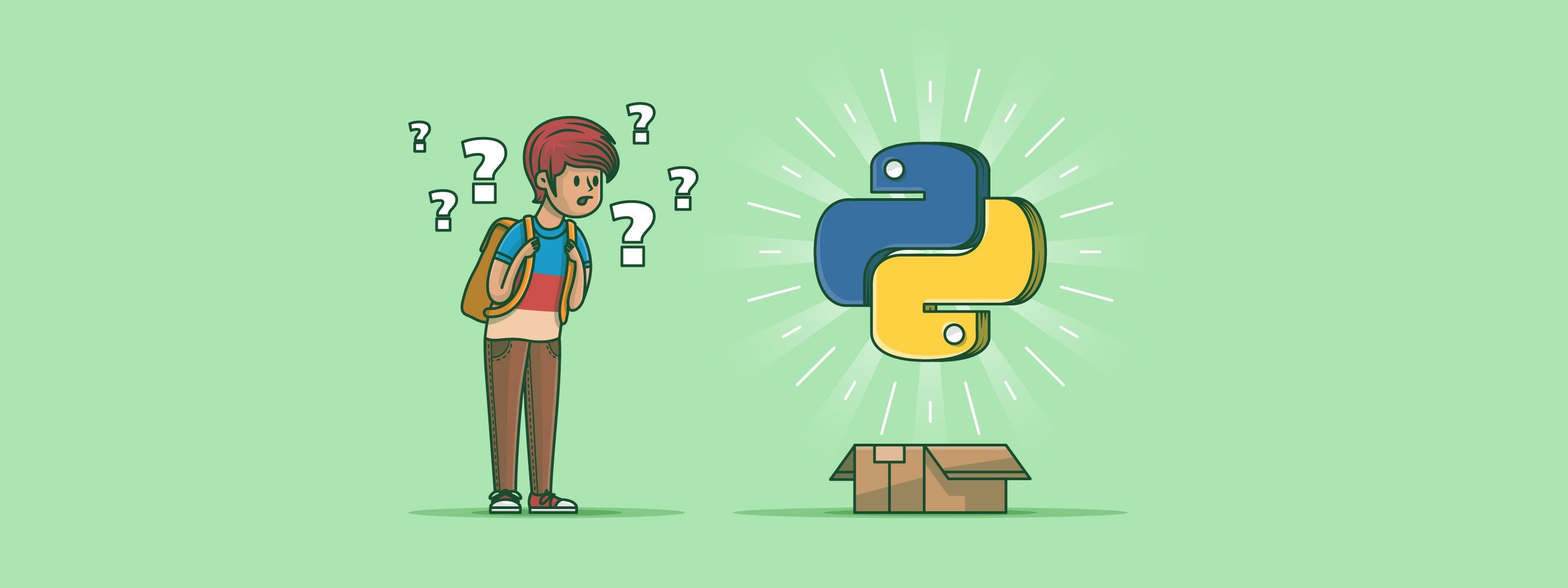Real python что это
Learn Python Programming,
By Example
Real Python teaches programming and web development through hands-on, interesting examples that are useful and fun!
Join the thousands of developers who have already benefited from these unique Python courses and download your copy today:
You’ll get three Python courses, with over 1,300 pages of content—packed with exercises, sample files, assignments, and bonus videos.
Real Python Course Bundle
How Will You Benefit From This Python Course?
Whether you’re new to programming or a professional software developer looking to dive into a new language, this course will teach you all of the practical Python that you need to get started on projects on your own.
Real Python emphasizes real-world programming techniques, which are illustrated through interesting, useful examples. No matter what your ultimate goals may be, if you work with a computer at all, you will soon be finding endless ways to improve your life by automating tasks and solving problems through Python programs that you create.
Python is open-source freeware, meaning you can download it for free and use it for any purpose. It also has a great support community that has built a number of additional free tools. Need to work with PDF documents in Python? There’s a free package for that. Want to collect data from webpages? No need to start from scratch!
Python was built to be easier to use than other programming languages. It’s usually much easier to read Python code and MUCH faster to write code in Python than in other languages.
For instance, here’s some simple code written in C, another commonly used programming language:
All the program does is print “Hello, world” on the screen. That was a lot of work to print one phrase! Here’s the same code in Python:
Simple, right? Easy, faster, more readable.
At the same time, Python has all the functionality of other languages and more. You might be surprised how many professional products are built on Python code: Gmail, Google Maps, YouTube, reddit, Spotify, turntable.fm, Yahoo! Groups, and the list goes on… And if it’s powerful enough for both NASA and the NSA, it’s good enough for us.
Why This Course?
There are tons of books and tutorials out there for learning Python already. However, most of the resources out there generally have two main problems:
Most books are so preoccupied with covering every last possible variation of every command that it’s easy to get lost in the details. In the end, most of them end up looking more like the Python documentation pages. This is great as reference material, but it’s a horrible way to learn a programming language. Not only do you spend most of your time learning things you’ll never use, but it isn’t any fun!
This course is built on the 80/20 principle. We will cover the commands and techniques used in the vast majority of cases and focus on how to program real-world solutions to problems that ordinary people actually want to solve.
This way, I guarantee that you will:
If you want to become a serious, professional Python programmer, this course won’t be enough by itself—but it will still be the best starting point. Once you’ve mastered the material in this course, you will have gained a strong enough foundation that venturing out into more advanced territory on your own will be a breeze.
So dive in! Learn to program in a widely used, modern language that can do more than you ever thought was possible.
What Python Developers Say:
“Get Real Python and get your hands dirty quickly so you spend more time making real applications.”
“If like me, you’re not a programmer you’ll find these courses to be like a mentor due to the clear, fluff-free explanations!”
“The creators of Real Python care that users are able to understand, learn, and practically apply the Python language.”
“Project based tutorials seem to click best for me. I love the real python course. They really help bring all the seemingly disparate pieces of full stack development together. The aha moments from these give me more confidence in the codebases I work in. And from that, I believe I could reach the next rung on the ladder at work as well as take my side project to a level where I’d be interested in sharing it with others.”
Course Summary
Real Python teaches Python and web development from the ground up, everything from the basic primitives to web scraping to data visualization and all things web development.
We start with the syntax—both Python 2.7 and 3.6—to provide you with a solid foundation to build your skills on.
Then, moving on to web development, you’ll learn database programming with SQL, web scraping, REST fundamentals, and much more before learning three powerful web frameworks: Flask, web2py, and Django.
Essentially, you will learn best practices while building an enterprise-grade web app utilizing a number of tools like Bootstrap, Git, Heroku, Angular, Vagrant, Travis CI, MongoDB, and PostgreSQL, to name a few.
Remember: We strive to teach these tools and concepts in a practical manner, where you solve interesting, real-world problems. Plus, since we start from the ground up, no prior programming experience is required.

Want more info? Jump to the course overviews.
About the Authors:
Fletcher is the CTO of Opportunity@Work in Washington, DC. He started teaching himself Python in college, and now web development is his full-time job!
Michael is a freelance developer. Although he uses a number of tools, Python is by far his favorite. Besides Real Python, he is an active blogger and Python mentor.
Jeremy has run his own consulting business for the past seven years, specializing in web development and software automation. He also mentors in his free time.
The Course Packages
All three Real Python courses
1,300+ pages of content
Exercises, sample files, and assignments
DRM-free PDF, EPUB, and MOBI formats of the courses
Future updates and releases
3 private mentoring sessions
All three Real Python courses
1,300+ pages of content
Exercises, sample files, and assignments
DRM-free PDF, EPUB, and MOBI formats of the courses (Read or print them anywhere)
Future updates and releases
Want some more info about the courses first? No problem, we’ve got you covered:
Get a Free Preview:
Enterprise Edition:
Have questions? Check out the FAQ.
Student Testimonials:
“As a practice of what you taught I started building scripts for my team to help them in their everyday duties.”
“I just went through Course two, and I must say that I am hooked. I just did a PHP course, but Flask is way cooler!”
“Thanks for an amazing product! … Thanks for an amazing product! … Thanks for an amazing product!”
“I purchased your beautiful course, and I just want to thank you. It’s easy, fun, and very very interesting.”
“I am very much into purchasing any course by Real Python. I’ve never felt like a better programmer, ready to show my coding chops to the world.”
1 Year “Try It Yourself” Guarantee—
Learn Python Or You Pay
NOTHING
The last thing we want is for you to pass on this because you’re not sure it’ll work for you. We know it will, so here’s our offer to you:
Put us to the test. Take the “Real Python Course Bundle” for a spin today.
Spend just a few days with the course and start building your Python skills.
Then take up to a full year to grow them.
And if for some reason you don’t agree that we’ve given you a faster, easier way to absorb the knowledge you need to rise head-and-shoulders above other developers, we will cheerfully refund your money, no questions and no hassles, any time within the next year.
Introduction to Python 3
Python is a high-level, interpreted scripting language developed in the late 1980s by Guido van Rossum at the National Research Institute for Mathematics and Computer Science in the Netherlands. The initial version was published at the alt.sources newsgroup in 1991, and version 1.0 was released in 1994.
Python 2.0 was released in 2000, and the 2.x versions were the prevalent releases until December 2008. At that time, the development team made the decision to release version 3.0, which contained a few relatively small but significant changes that were not backward compatible with the 2.x versions. Python 2 and 3 are very similar, and some features of Python 3 have been backported to Python 2. But in general, they remain not quite compatible.
Both Python 2 and 3 have continued to be maintained and developed, with periodic release updates for both. As of this writing, the most recent versions available are 2.7.15 and 3.6.5. However, an official End Of Life date of January 1, 2020 has been established for Python 2, after which time it will no longer be maintained. If you are a newcomer to Python, it is recommended that you focus on Python 3, as this tutorial will do.
Python is still maintained by a core development team at the Institute, and Guido is still in charge, having been given the title of BDFL (Benevolent Dictator For Life) by the Python community. The name Python, by the way, derives not from the snake, but from the British comedy troupe Monty Python’s Flying Circus, of which Guido was, and presumably still is, a fan. It is common to find references to Monty Python sketches and movies scattered throughout the Python documentation.
Why Choose Python?
If you’re going to write programs, there are literally dozens of commonly used languages to choose from. Why choose Python? Here are some of the features that make Python an appealing choice.
Python is Popular
Python has been growing in popularity over the last few years. The 2018 Stack Overflow Developer Survey ranked Python as the 7th most popular and the number one most wanted technology of the year. World-class software development companies around the globe use Python every single day.
According to research by Dice Python is also one of the hottest skills to have and the most popular programming language in the world based on the Popularity of Programming Language Index.
Due to the popularity and widespread use of Python as a programming language, Python developers are sought after and paid well. If you’d like to dig deeper into Python salary statistics and job opportunities, you can do so here.
Python is Interpreted
Many languages are compiled, meaning the source code you create needs to be translated into machine code, the language of your computer’s processor, before it can be run. Programs written in an interpreted language are passed straight to an interpreter that runs them directly.
This makes for a quicker development cycle because you just type in your code and run it, without the intermediate compilation step.
One potential downside to interpreted languages is execution speed. Programs that are compiled into the native language of the computer processor tend to run more quickly than interpreted programs. For some applications that are particularly computationally intensive, like graphics processing or intense number crunching, this can be limiting.
In practice, however, for most programs, the difference in execution speed is measured in milliseconds, or seconds at most, and not appreciably noticeable to a human user. The expediency of coding in an interpreted language is typically worth it for most applications.
Further reading: See this Wikipedia page to read more about the differences between interpreted and compiled languages.
Python is Free
The Python interpreter is developed under an OSI-approved open-source license, making it free to install, use, and distribute, even for commercial purposes.
A version of the interpreter is available for virtually any platform there is, including all flavors of Unix, Windows, macOS, smartphones and tablets, and probably anything else you ever heard of. A version even exists for the half dozen people remaining who use OS/2.
Python is Portable
Because Python code is interpreted and not compiled into native machine instructions, code written for one platform will work on any other platform that has the Python interpreter installed. (This is true of any interpreted language, not just Python.)
Python is Simple
As programming languages go, Python is relatively uncluttered, and the developers have deliberately kept it that way.
A rough estimate of the complexity of a language can be gleaned from the number of keywords or reserved words in the language. These are words that are reserved for special meaning by the compiler or interpreter because they designate specific built-in functionality of the language.
Python 3 has 33 keywords, and Python 2 has 31. By contrast, C++ has 62, Java has 53, and Visual Basic has more than 120, though these latter examples probably vary somewhat by implementation or dialect.
Python code has a simple and clean structure that is easy to learn and easy to read. In fact, as you will see, the language definition enforces code structure that is easy to read.
But It’s Not That Simple
For all its syntactical simplicity, Python supports most constructs that would be expected in a very high-level language, including complex dynamic data types, structured and functional programming, and object-oriented programming.
Additionally, a very extensive library of classes and functions is available that provides capability well beyond what is built into the language, such as database manipulation or GUI programming.
Python accomplishes what many programming languages don’t: the language itself is simply designed, but it is very versatile in terms of what you can accomplish with it.
Conclusion
This section gave an overview of the Python programming language, including:
Python is a great option, whether you are a beginning programmer looking to learn the basics, an experienced programmer designing a large application, or anywhere in between. The basics of Python are easily grasped, and yet its capabilities are vast.
Proceed to the next section to learn how to acquire and install Python on your computer.
Master Python and Start Writing Clean and Pythonic Code With Our Python Courses & Books
At Real Python we offer a number of Python training services and products that will help you take your Python skills to the next level. Speed up your Python learning curve—and get better, faster.
Have a look at the list below to see what’s right for you:
Level up with unlimited access to our vast library of Python Tutorials and Video Lessons, and hang out with the RP Team on our members-only Slack Community:
Go from beginner to intermediate in Python with this complete curriculum, up-to-date for Python 3.9.
Python Basics includes exercises, interactive quizzes, and sample projects, so you’ll always know what to focus on next in order to build a strong Python foundation:
Discover Python’s best practices with simple examples and start writing even more beautiful + Pythonic code.
«Python Tricks: The Book» shows you exactly how.
You’ll master intermediate and advanced-level features in Python with practical examples and a clear narrative:
Unlock the inner workings of the Python language, compile the Python interpreter from source code, and participate in the development of CPython.
Get one step closer to truly mastering Python, enabling you to write beautiful & idiomatic code that’s also fast and efficient:
Learn Python and web development from the ground up with the Real Python Course Bundle.
It covers everything you need to get up to speed—from the basic Python 2.x and 3.x programming primitives, to web scraping, to data visualization, web development, and beyond:
Become a more efficient coder and get your Python applications ready for deployment with my in-depth Dependency Management course:
Set up a great Python development environment once and it will keep paying dividends every day. My step-by-step video course shows you exactly how:
PythonistaCafe is an invite-only, online community of Python and software development enthusiasts helping each other succeed and grow:
Support realpython.com with this collection of Pythonic mugs, t-shirts, hoodies, and stickers:
Every Pythonista needs a great coffee (or tea!) mug. That’s why my wife Anja and I started Nerdlettering.com, an online store with unique mugs, t-shirts, hoodies, and mouse pads for Python devs:
Need Some More Time to Decide?
When you’re on the path to mastering Python, making constant forward progress is important and will keep you motivated. A great way to improve your Python skills a little, day by day, is to sign up for our free Python Tricks email series.
We’ll send you a short code snippet every couple of days that demonstrates one of Python’s advanced features:
Get a short & sweet Python Trick delivered to your inbox every couple of days. No spam ever. Unsubscribe any time. Curated by the Real Python team.
Learn Python Programming,
By Example
How Can We Help You?
We’re updating this page to make it more useful, if you have a moment to share your thoughts on how we can improve this page, please click here:
At Real Python you can learn all things Python from the ground up. Everything from the absolute basics of Python, to web development and web scraping, to data visualization, and beyond:
Get a short & sweet Python Trick delivered to your inbox every couple of days. No spam ever. Unsubscribe any time. Curated by the Real Python team.
How Can We Help You?
I’m new to Python and to programming in general—How can I learn the basics of Python?
I’m an intermediate Python developer—How do I take my skills and my productivity to the next level?
I’ve got experience with other programming languages—How do I get up to speed with Python as quickly as possible?
What Pythonistas Are Saying:
Real Python has been around since 2012. And ever since the first days, we’ve been grateful to affect the “Python Journey” of so many readers like you. Here’s what some of them had to say about us:
“Real Python is an awesome resource for the budding developer. Not only will you learn Python, you will learn how to use it as you build practical and functional web-based applications.”
“You do a wonderful job of explaining and teaching Python in a way that people like me, a complete novice, could really grasp. I think you have a gift for making Python seem more attainable to people outside the programming world. This is something I never thought I would be doing or learning and with a little push from you I am learning it and I can see that it will be nothing but beneficial to me in the future.”
“The best way to learn Python without killing yourself is Real Python!!”
“I’ve been using Python for two years, and my skills have increased over time. I’ve been able to do this by constantly trying to learn new concepts, of OOP programming for example, and different Python coding strategies like decorators or list comprehensions.
I will then go out and build my own stuff. Once I get tired of implementing the same coding concepts, and want to do something new and better, I’ll go back to the drawing board and learn more coding. This cycle has helped me retain what I’ve learned and keep growing.
Reading what Real Python has to say, like their blog and books, will help you achieve this.”
Not Sure Yet?
No problem! Here’s a great way to start—become a member on our free email newsletter for Python developers (245,223 subscribers and counting) and get fresh Python tutorials and news delivered to your inbox:
Join Now: Click here to join the Real Python Newsletter and you’ll never miss another Python tutorial, course update, or post.




